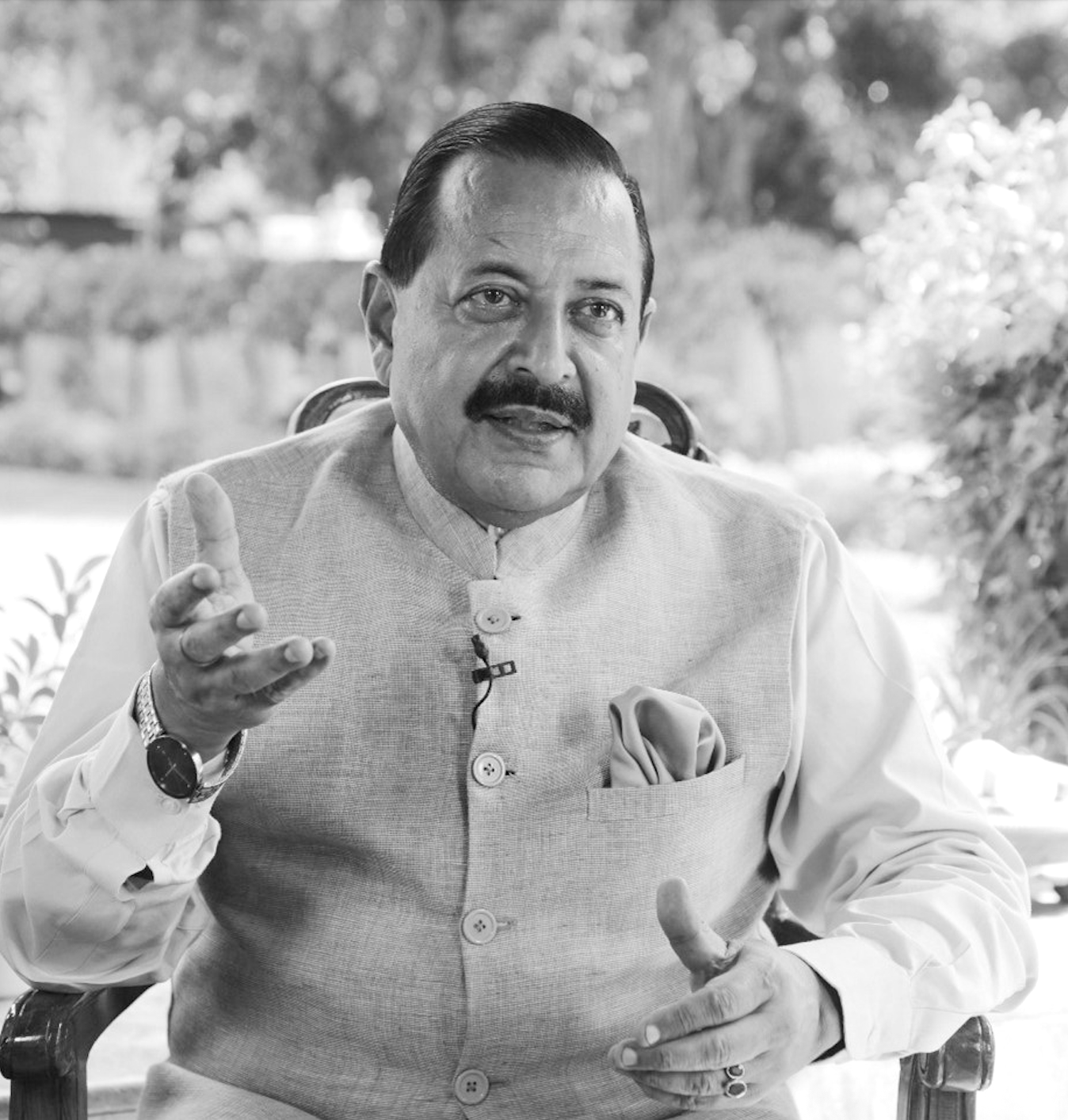Jitendra Singh, MD
India’s Minister of State (Independent Charge) for Science and Technology and for Earth Sciences

Dr. Jitendra Singh is India’s Minister of State (Independent Charge) for Science and Technology and for Earth Sciences. He also serves in the Prime Minister’s Office and in the Departments of Personnel, Atomic Energy, and Space. He first took Independent Charge of Science and Technology and Earth Sciences in July 2021. He continues in these roles after his reappointment following the 2024 general election.
He was born on November 6, 1956 in Jammu. He holds an MBBS from Stanley Medical College in Chennai and an MD in Medicine from Government Medical College, Jammu. He also completed additional training and a fellowship in diabetes at AIIMS New Delhi. Before entering politics, he worked as a professor of medicine and endocrinology and published widely on diabetes care.
He was elected to the Lok Sabha from Udhampur in 2014 and was reelected in 2019 and 2024. Throughout this period he has managed technology focused and strategic portfolios linked to the Prime Minister’s Office. He has also steered India’s science and earth sciences agenda.
He was the political face of the Cabinet’s June 2021 approval of the Deep Ocean Mission. The mission is a five year program with an outlay of 4,077 crore rupees. Phase I, from 2021 to 2024, was costed at 2,823.4 crore rupees. Within the mission, the Samudrayaan project carries its own allocation of 119 crore rupees. Samudrayaan aims to send three aquanauts to 6,000 meters in the Matsya 6000 submersible.
Under his watch, India’s 75,000 square kilometers polymetallic nodule exploration area in the Central Indian Ocean Basin has been extensively surveyed. A First Generation Mine Site of about 9,929 square kilometers has been identified inside this area. India’s exploration contract for nodules was extended for another five years in 2023. He has also announced India’s intention to seek additional exploration licenses in the Clarion Clipperton Zone.
The Matsya 6000 program has cleared several engineering milestones. The personnel sphere has been welded and qualified. Harbor wet tests took place in February 2025. Full depth trials to 6,000 meters are targeted for 2026. Singh often stresses that India’s deep ocean efforts will follow strict environmental baselines, minimize ecological disturbance, comply with international standards, and ensure fair benefit sharing. He presents the work as a pathway to position India for commercial readiness in the early 2030s, while noting that technology maturity and decisions at the International Seabed Authority will shape the final timeline.



